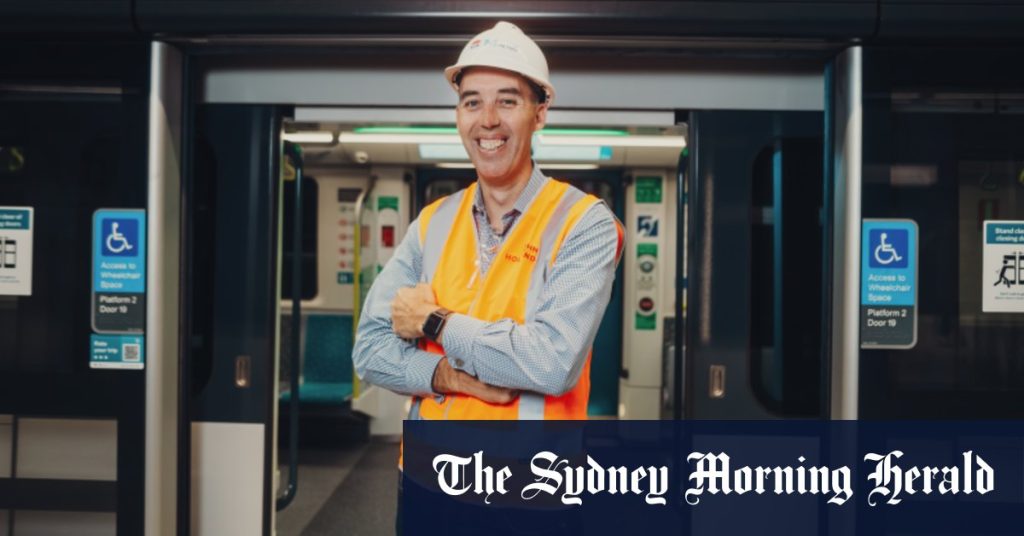Andrew Knispel, a long-serving engineer on Sydney’s metro projects for contractor John Holland, praised the opening of the second harbour rail crossing, calling it a historic moment and an amazing feat of engineering. He compared the construction of this new stage of the metro line to the first, stating that it had ratcheted up to another level of complexity. The metro extension from Chatswood to Sydenham via the city centre received clearance from the national rail safety regulator, after missing an earlier targeted opening date of August 4. Transport for NSW secretary Josh Murray said preparations for the line’s opening were at a “New Year’s Eve level,” with plans to map commuter movements and track services with the highest demand.
Murray noted that the opening of the metro line would bring about significant changes in commuter behavior, as people switch between double-decker trains, buses, and metro to reach their destinations. He anticipated that people currently on buses would switch to the metro for time savings, and those on the Sydney Trains heavy rail network would interchange with the metro at different stations. The agency expects passenger numbers on the extended metro line to quickly rise to about 37,000 in morning peaks and up to a quarter of a million trips on a typical weekday. Stations with high demand, such as Sydenham, Chatswood, Gadigal, and Martin Place, will be closely monitored by transport officials.
Sydney transport expert Mathew Hounsell predicts that commuters on double-decker trains along the Illawarra line are likely to switch to metro services at Sydenham for a faster journey into the central city. He also highlights the potential shift in behavior for people from Sydney’s north-west, who may opt to catch metro trains to the north shore and then onto the CBD instead of driving. Hounsell emphasizes the importance of monitoring weekend commuter patterns as well, as people from the north-west realize the convenience of catching the metro into the city without the hassle of driving. Tuesdays, Wednesdays, and Thursdays are generally the busiest days on the transport network, while Mondays tend to be quieter as more people work from home.
The new metro line consists of six underground stations, including stops at North Sydney, Barangaroo, and Martin Place, with new platforms at Central and Sydenham. The line is expected to bring about significant changes in how people travel within the city, with an emphasis on interchange between different modes of transport for a seamless journey. The opening of the extended metro line represents a major milestone in Sydney’s transport infrastructure, with plans for continuous monitoring and adjustments to meet the evolving needs of commuters. As Sydney’s transport network undergoes this transformation, the focus is on improving efficiency, reducing travel times, and providing a more convenient and integrated system for residents and visitors alike.


